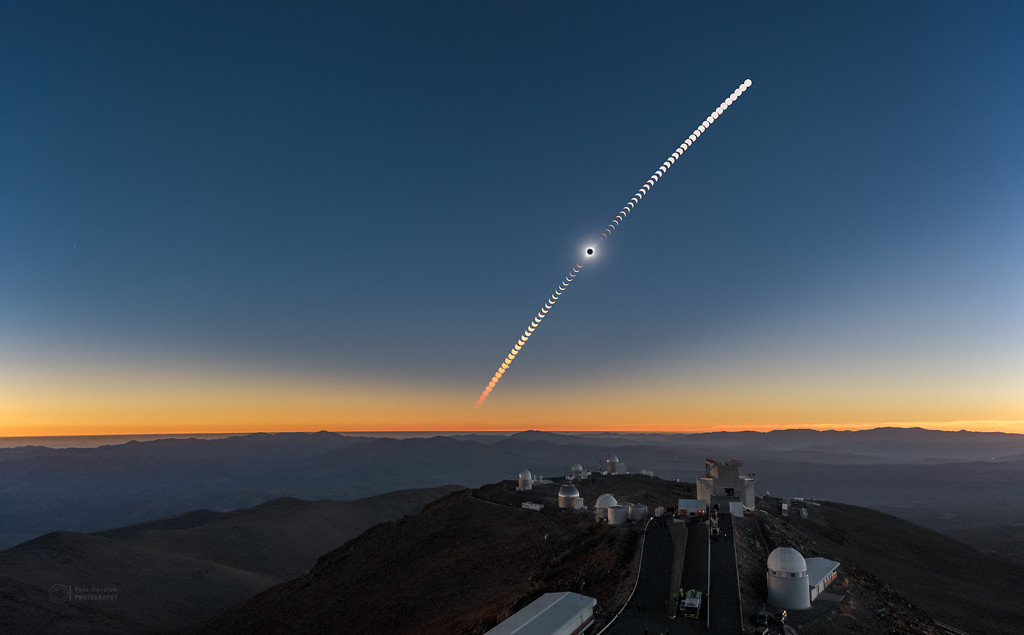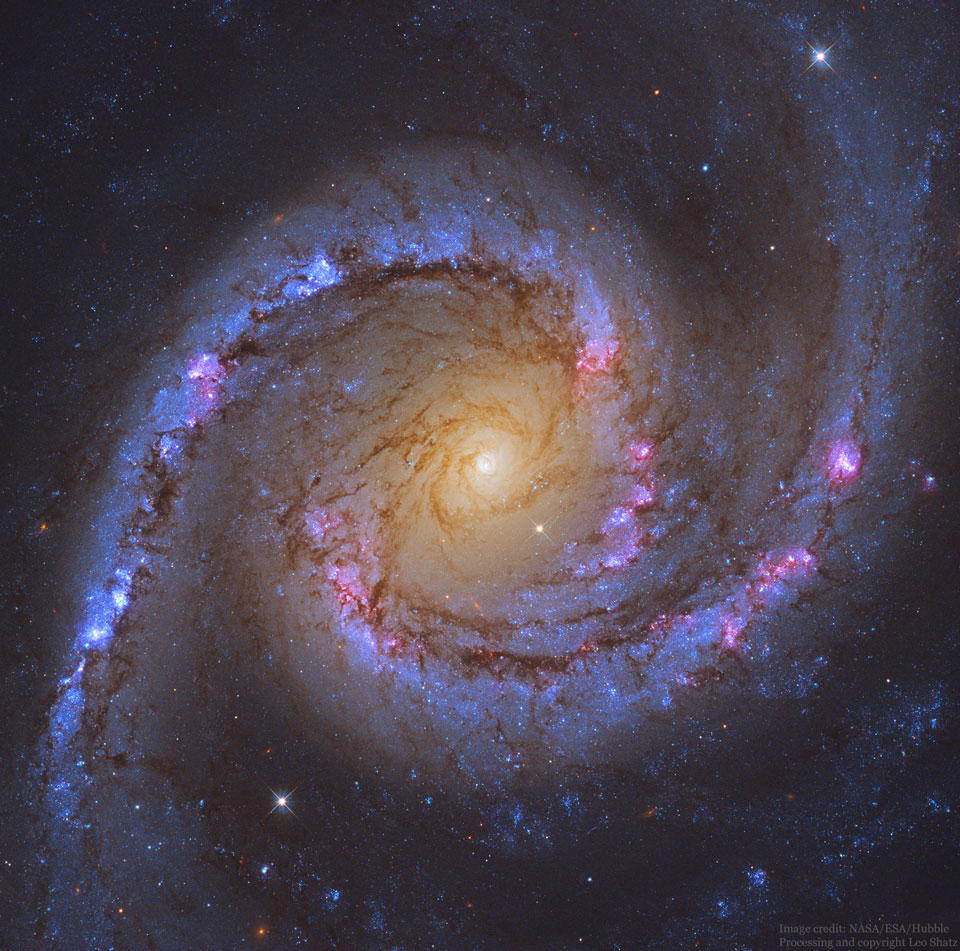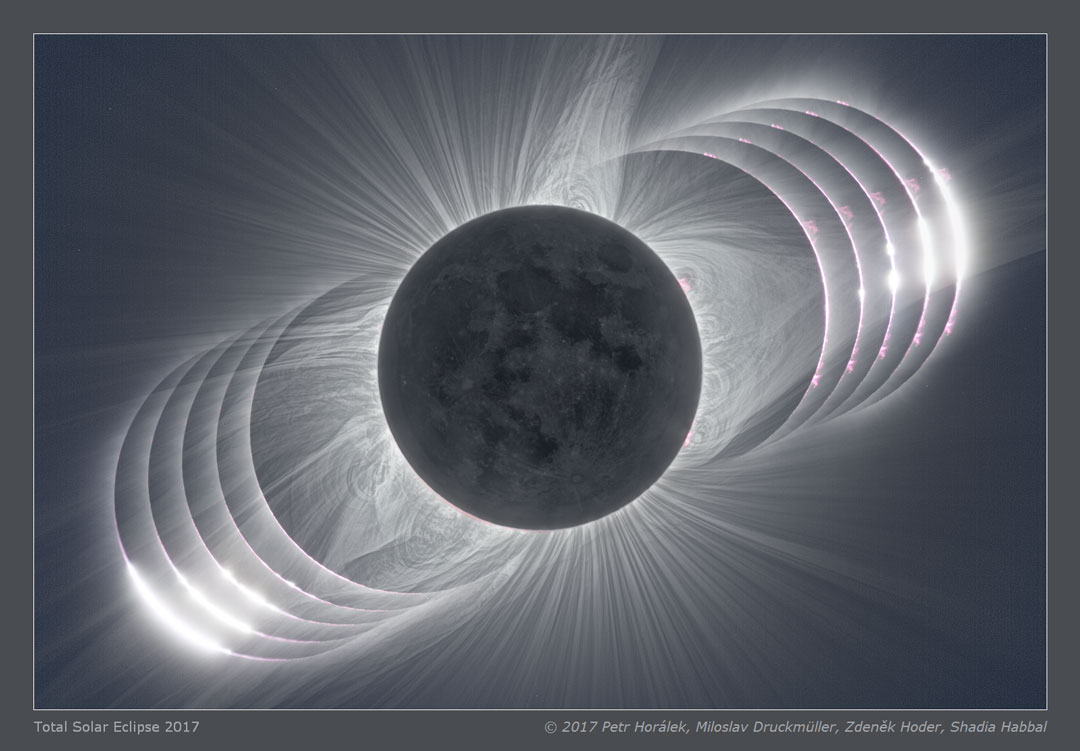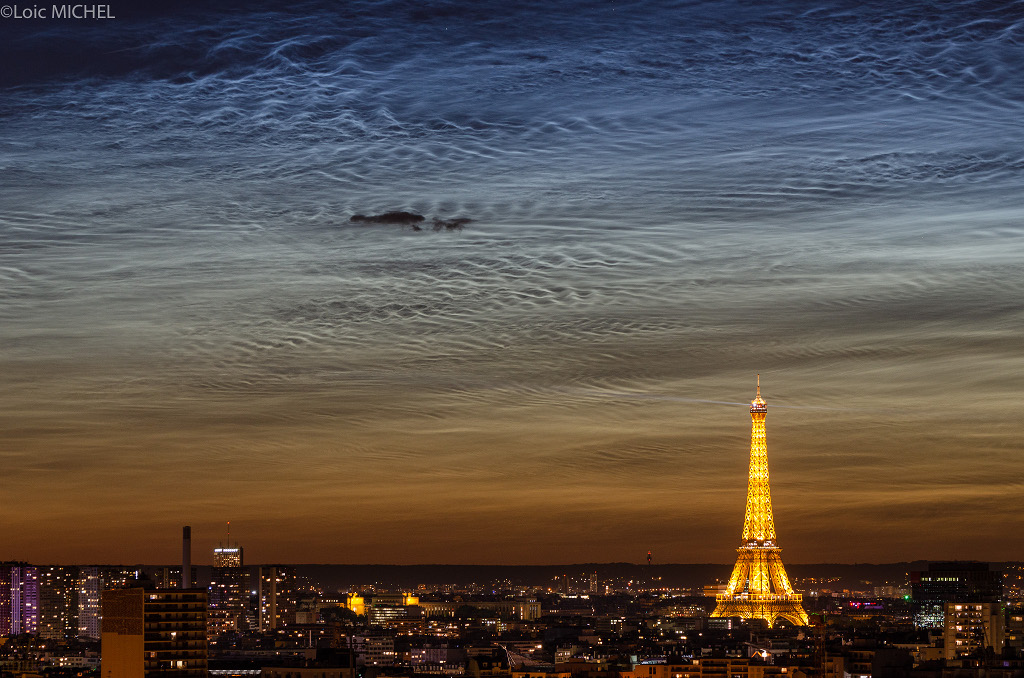"A day in life"
Nombre total de pages vues
06/07/2019
05/07/2019
Science & Technology - Astronomy picture of the day : La Silla Eclipse Sequence

Image Credit & Copyright: Petr Horálek
Explanation: The road to the high mountaintop La Silla Observatory in the Chilean Atacama Desert also led in to the path of July 2nd's total solar eclipse. Recorded at regular intervals before and after the total eclipse phase, the frames in this composite sequence include the moment the Moon's dark shadow fell across some of planet Earth's advanced large telescopes. The dreamlike view looks west toward the setting Sun and the approaching Moon shadow. In fact La Silla was a little north of the shadow track's center line, so the region's stunning, clear skies are slightly brighter to the north (right) in the scene.
02/07/2019
Science & Technologie - Avions du futur : L'avion supersonique silencieux de Lockheed Martin

Sur ce supersonique imaginé par Lockheed Martin, les ailes forment un V assez prononcé et les moteurs sont installés au-dessus. Cette disposition devrait empêcher, ou réduire fortement, le « bang », cet énorme bruit qui suit un avion se déplaçant plus vite que les ondes sonores, franchissant ainsi le mur du son. Un tel avion pourrait donc voler en supersonique au-dessus des continents.
© Lockheed Martin
Science & Technology - Astronomy picture of the day : NGC 1566: The Spanish Dancer Spiral Galaxy

Image Credit: NASA, ESA, Hubble; Processing & Copyright: Leo Shatz
Explanation: If not perfect, then this spiral galaxy is at least one of the most photogenic. An island universe containing billions of stars and situated about 40 million light-years away toward the constellation of the Dolphinfish (Dorado),NGC 1566 presents a gorgeous face-on view. Classified as a grand design spiral, NGC 1566's shows two prominent and graceful spiral arms that are traced by bright blue star clusters and dark cosmic dust lanes. Numerous Hubble Space Telescope images of NGC 1566 have been taken to study star formation, supernovas, and the spiral's unusually active center. Some of these images, stored online in the Hubble Legacy Archive, were freely downloaded, combined, and digitally processed by an industrious amateur to create the featured image. NGC 1566's flaring center makes the spiral one of the closest and brightest Seyfert galaxies, likely housing a central supermassive black holewreaking havoc on surrounding stars and gas.
01/07/2019
Science & Technology - Astronomy picture of the day : The Big Corona

Image Credit & Copyright: P. Horálek, Z. Hoder, M. Druckmüller, P. Aniol, S. Habbal / Solar Wind Sherpas
Explanation: Most photographs don't adequately portray the magnificence of the Sun's corona. Seeing the corona first-hand during a total solar eclipse is unparalleled. The human eye can adapt to see coronal features and extent that average cameras usually cannot. Welcome, however, to the digital age. The featured central image digitally combined short and long exposures that were processed to highlight faint and extended features in the corona of the total solar eclipse that occurred in August of 2017. Clearly visible are intricate layers and glowing caustics of an ever changing mixture of hot gas and magnetic fields in the Sun's corona. Looping prominences appear bright pink just past the Sun'slimb. Faint details on the night side of the New Moon can even be made out, illuminated by sunlight reflected from the dayside of the Full Earth. Images taken seconds before and after the total eclipse show glimpses of the background Sun known as Baily's Beads and Diamond Ring. Tomorrow, a new total solar eclipse will be visible from parts of South America.
28/06/2019
Science & Technology - Astronomy picture of the day : A Solstice Night in Paris

Image Credit & Copyright: Loic Michel
Explanation: The night of June 21 was the shortest night for planet Earth's northern latitudes, so at latitude 48.9 degrees north, Paris was no exception. Still, the City of Light had an exceptionally luminous evening. Its skies were flooded with silvery night shining or noctilucent clouds after the solstice sunset. Hovering at the edge of space, the icy condensations on meteoric dust or volcanic ash are still in full sunlight at the extreme altitudes of the mesophere. Seen at high latitudes in summer months, stunning, wide spread displays of northern noctilucent clouds are now being reported.
27/06/2019
Science & Technology - Space : Phoenix prominence eruption
Inscription à :
Commentaires (Atom)
ASTRONOMY - Orion and the Ocean of Storms
2025 December 13 Orion and the Ocean of Storms Image Credit: NASA , Artemis 1 Explanation: On December 5, 2022, a camera on board the u...

-
2022 September 26 All the Water on Planet Earth Illustration Credit: Jack Cook, Adam Nieman, Woods Hole Oceanographic Institution ; Data ...
-
2025 May 11 The Surface of Venus from Venera 14 Image Credit: Soviet Planetary Exploration Program , Venera 14 ; Processing & Copyri...

